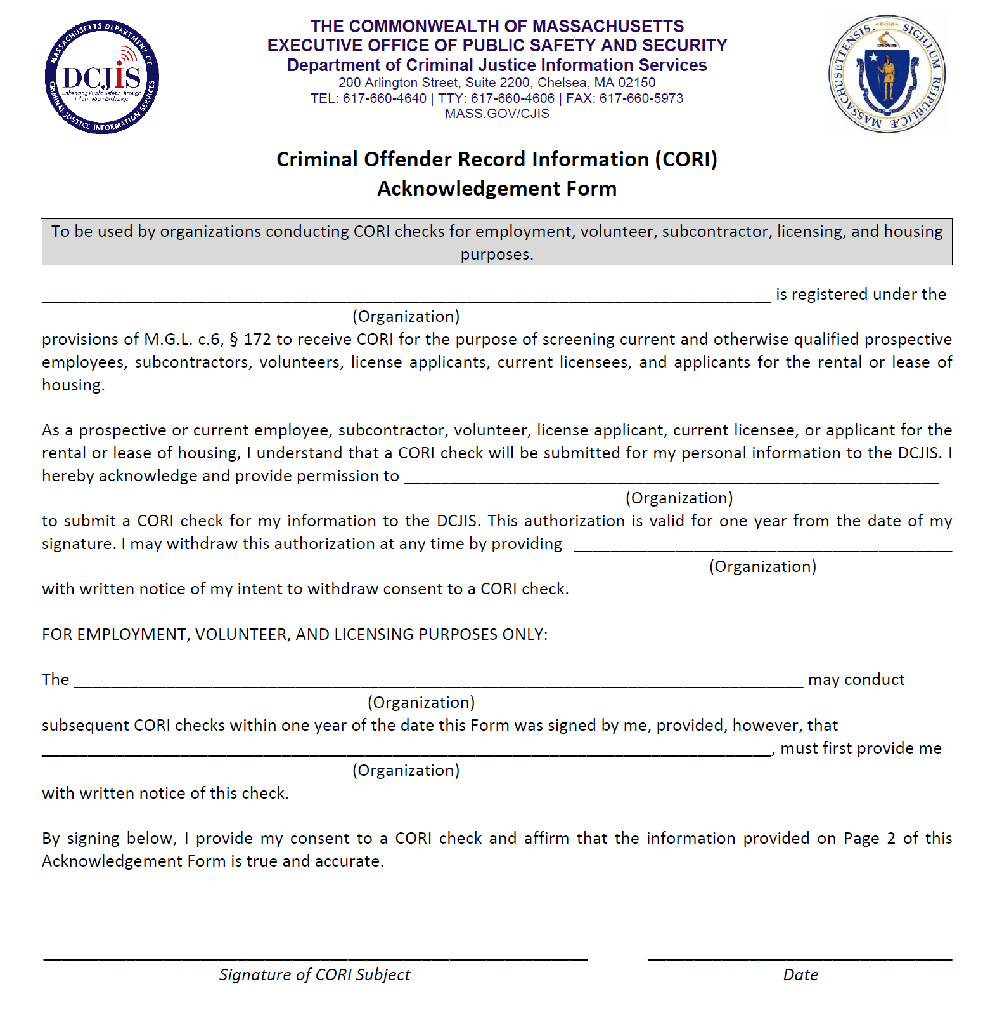What is Reporting?
All staff must be aware of the warning signs and symptoms of child abuse and neglect, know how to respond appropriately, and report suspected cases…
Home / Screening & Hiring / Conduct a Risk Assessment
To strengthen your screening and hiring process, you can use the questions in Thinking About Risk to make decisions about what additional background screening practices you will utilize. Whether performed formally by an HR office, or with pencil and paper by a small business owner, these questions are designed to help you carefully examine the types of risk individuals in positions of trust with children may pose—focusing on opportunities for harm. The questions will help you think about your physical setting; the ages and vulnerabilities of the children/youth you serve; an applicant’s potential contact with the child/youth; the nature, duration, and frequency of that contact; and the level of supervision and monitoring of that contact. Based on the results of this analysis, you may need to pursue further screening.
Based on this assessment, positions should be assigned a risk designation:
These designations should correlate with your organization’s requirement for specific screening protocols, and should be indicated in your job descriptions. According to best practices, the higher the risk to children, the more in-depth the screening protocol for a position should be.
A screening protocol addressing multiple levels of risk applies to larger organizations with sufficient numbers of employees and volunteers serving in different functions, and with varying levels of interaction with children and youth. It’s not uncommon for organizations like this to pay for the services of a commercial vendor to conduct these types of multi-level background checks—from standard Massachusetts criminal records checks (CORI/SORI) to national, multi-state (especially those states in which the applicant has worked or volunteered previously), international, and Interpol criminal and sexual offense records searches.
For smaller YSOs and businesses with few employees or volunteers, where a manager or supervisor is responsible for screening and hiring applicants, and the risk is determined to be equivalent or level across positions in the organization, the policy could be equal treatment of all applicants, with a standard screening protocol that applies to applicants for all positions interacting with children and youth.



Reporting
All staff must be aware of the warning signs and symptoms of child abuse and neglect, know how to respond appropriately, and report suspected cases…
Screening & Hiring
Your Youth-Serving Organization’s (YSO’s) hiring process should include basic screening measures for potential staff and volunteers through…
Screening & Hiring
One way you can help prevent child sexual abuse within your organization is by screening out those at risk to cause harm—before they are hired …
Reporting
Thinking of children or youth as capable of sexually abusing other children or youth can be difficult to consider and challenging to address. In…
Code of Conduct
Your Code of Conduct is an essential tool to help you ensure the safety of the children and youth in your care, and prevent child sexual abuse.
Code of Conduct
Your Code of Conduct will provide your staff, volunteers, and others responsible for children and youth with very specific guidelines that will…
Training
Ideally, all children/youth should receive training and education on issues of personal safety and abuse prevention. Personal safety and child…
Training
Your organization has the opportunity to support and empower young people to feel confident, protected, and safe in their homes and communities….
Code of Conduct
Your Code of Conduct should cultivate standards of behavior for staff and volunteers at your Youth-Serving Organization (YSO) which prioritize child…
Reporting
Physical and Behavioral Indicators of Abuse Type of AbusePhysical IndicatorsBehavioral IndicatorsPhysical Abuse● Unexplained bruises (in…
Customized child sexual abuse prevention guidelines to meet the unique needs of any organization that serves children.
Learning Center Registration
Sign up for an account and start your learning experience.
Free Online Assessment
Let us help you find out where to start.
